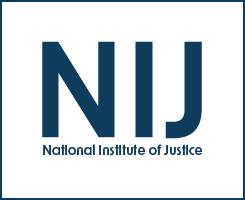Mobile ID Fingerprint Technology Can Provide Rapid Results and Improve Officer Safety
Journal
Techbeat
Date Published
August 2015
Agencies
NIJ-Sponsored
Publication Type
Report (Technical),
Report (Technical Assistance),
Report (Grant Sponsored)


